Carrot Salad with Maple-Mustard Dressing
This baby carrot salad will make you LOVE carrots! It has a crunchy texture you’ll love and the maple-mustard dressing gives it a special flavor!
Carrots are one of the most common vegetables in the world. They make their way into almost every soup, salad, stir-fry and dish you could think of. Their sweet flavor always brings a wonderful contrast to your meals and the vibrant orange color brings beauty to the dish.

But carrots are a lot more than just a great vegetable in terms of flavor and color; they have many amazing things to offer our bodies as well. Let’s find out!
I love baby carrots! They are cute, tiny, a little bit sweet and I found out they go great with thyme and mustard dressings! I first made a similar dressing/sauce for Christmas last year, when I served this delicious tofurkey roulade and a maple-glazed baby carrots side dish. I fell in love with it and since then I’ve been regularly using it as a dressing in salads as well.
I thought it would go perfectly with this baby carrots salad and it did! This baby carrots salad is quick, easy to make and very filling. It can feed 2 hungry people or 4 less hungry ones. 🙂

Look, even Pisulina liked it! She just kept on sniffing around and didn’t let me take any photos. I think she wanted some too! So, here it is! Enjoy!
Don’t forget to let me know how it was if you’ll give it a try! 😀

P.S. By the way, did you know that baby carrots aren’t actually baby carrots? :)) I know, it’s weird. They are actually normal carrots, cut and shaped to the size of baby carrots. Of course, the normal ones are the healthier option, but I like baby carrots from time to time.
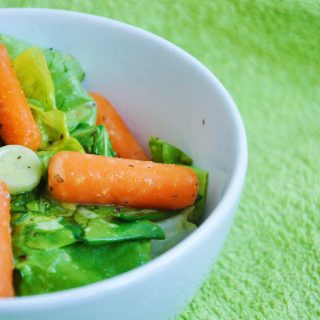
Baby Carrot Salad with Maple-Mustard Dressing
Ingredients
- 300 g baby carrots frozen
- 1 head lettuce rinsed and leaves chopped
- 5 scallions chopped
Maple-Mustard Dressing:
- 3 Tbsps mustard
- 1 Tbsp maple syrup
- 3 Tbsps olive oil
- ½ lemon juice only
- 2 tsps thyme
- sea salt to taste
- ½ tsp ground pepper
Instructions
- Steam frozen baby carrots until they’re tender, but still have a little bit of crunch (15 minutes).
- Rinse lettuce, remove leaves and chop them. Chop scallions.
- Mix all dressing ingredients together.
- When the baby carrots are ready, mix them with the scallions and lettuce leaves in a large bowl.
- Add dressing and toss salad.
- Serve!
If you make this, please leave a review and rating if you liked this recipe! ★★★★★

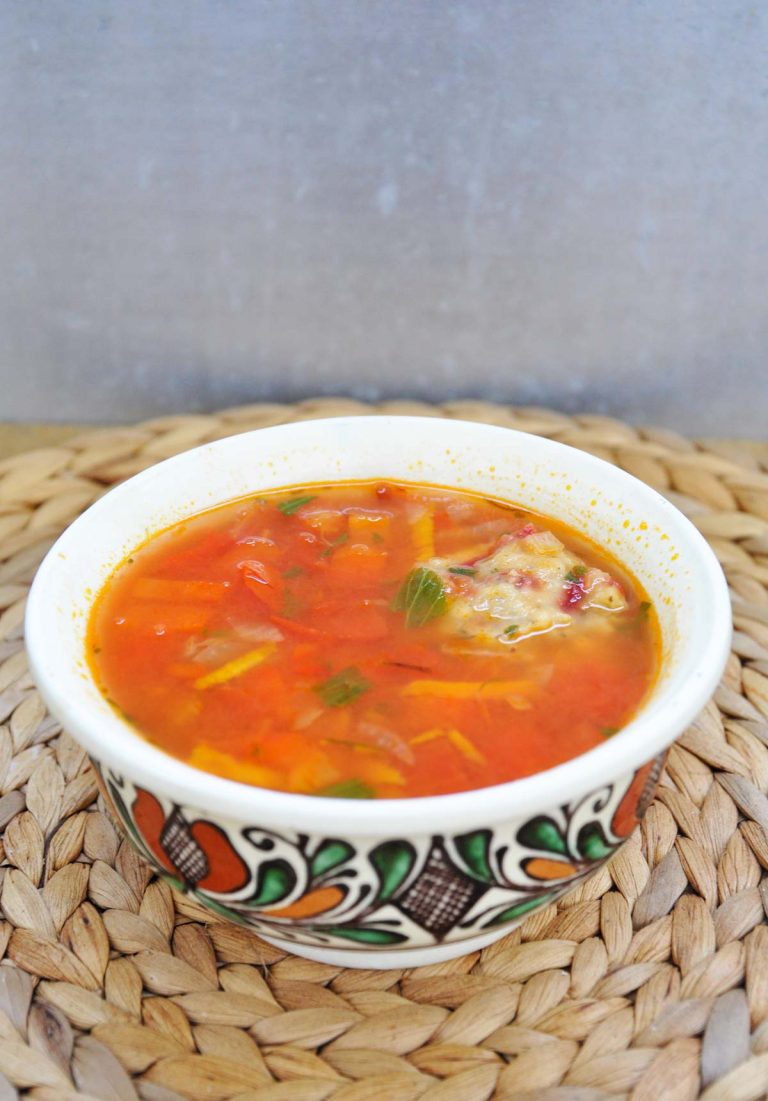

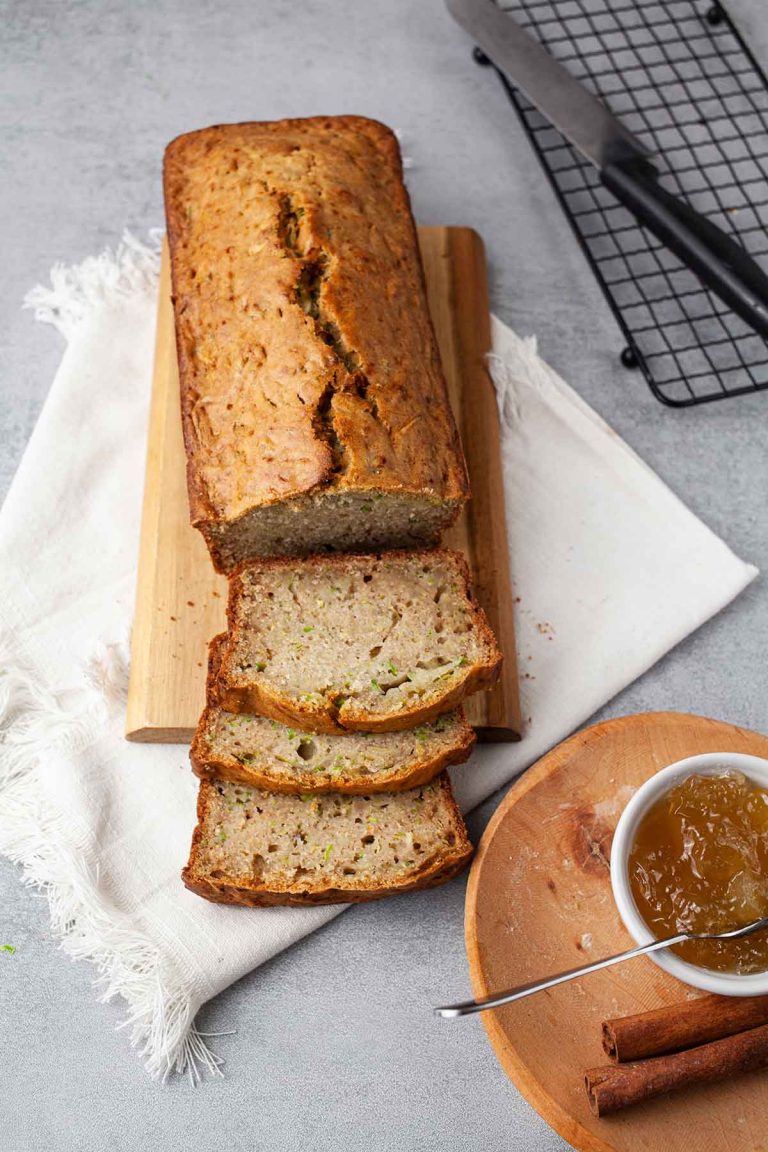
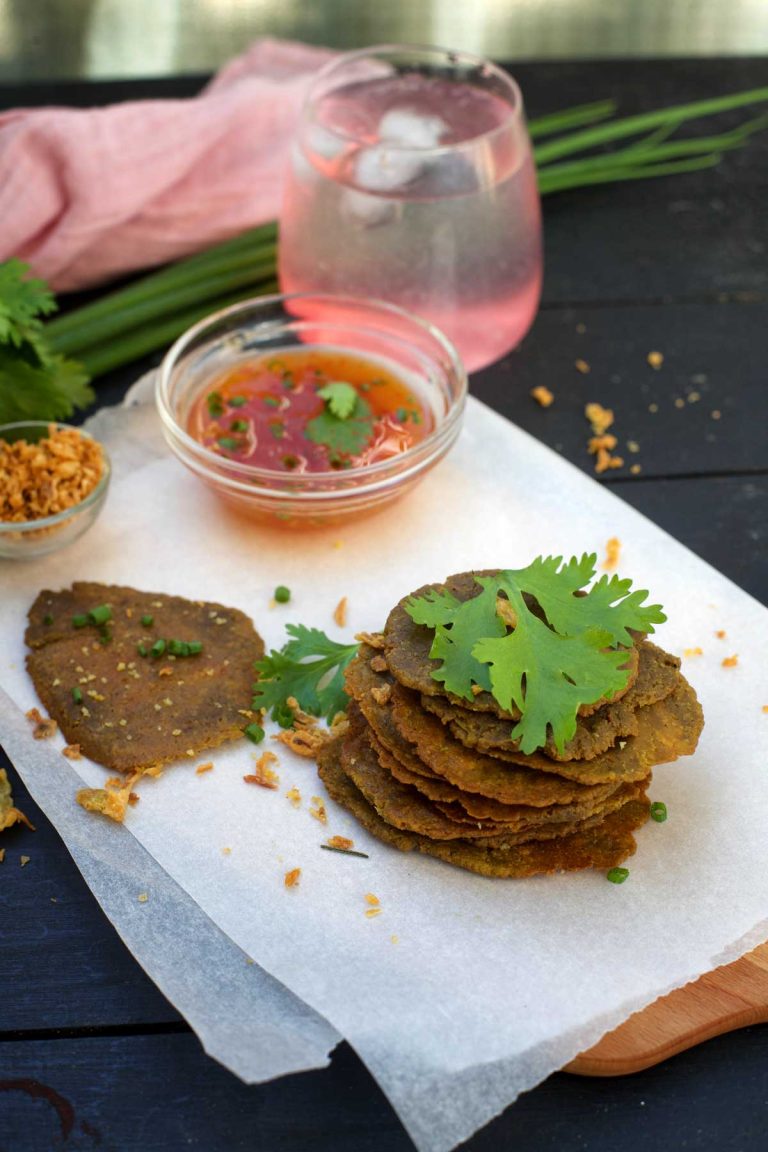

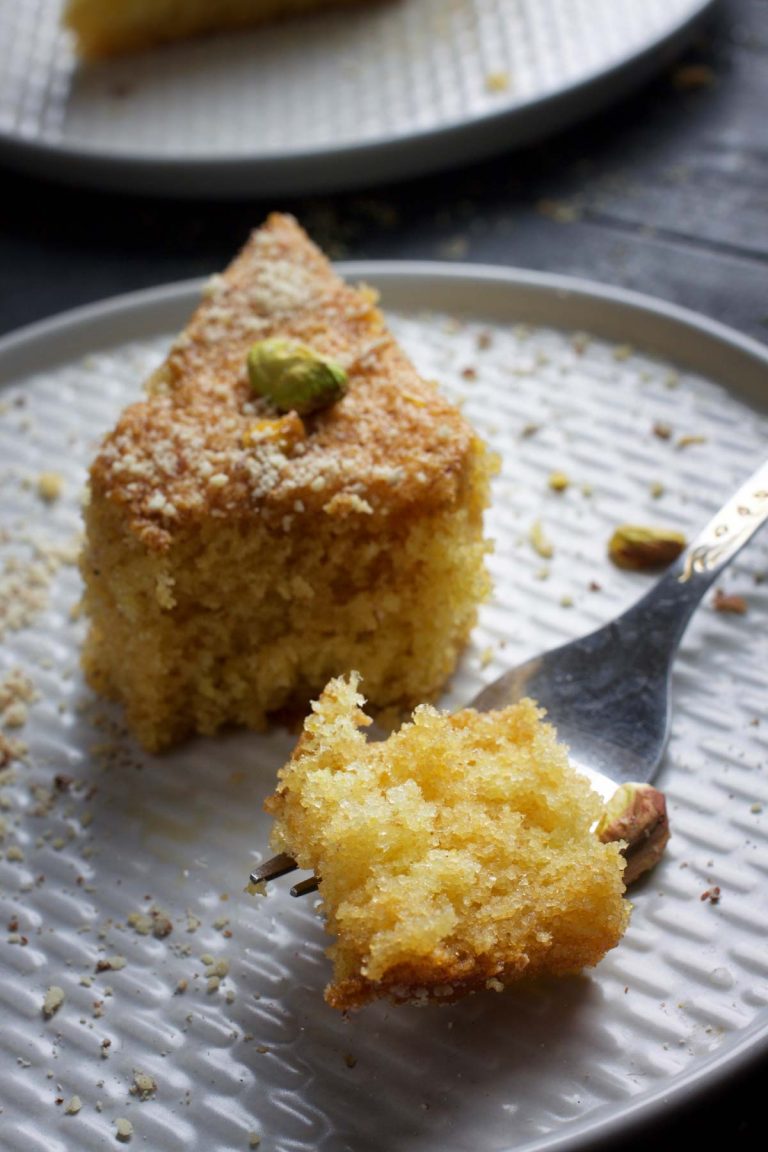
This dressing is so special! I wasn’t sure if I would like it at first, but it really makes a unique blend of flavors. I will definitely try some other recipes from your blog, this one convinced me!
All the best,
Angelica
Glad you liked it! 😀